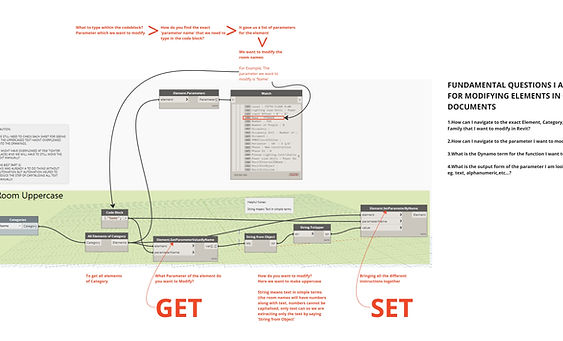Hrushikesh Shah
LEED AP BD+C
Computational Design
Computational design will delve into three critical aspects: workflow design, geometric explorations, and creative thinking. Workflow design focuses on saving hours of mundane tasks through pattern recognition and optimization. This approach streamlines processes, allowing for a more productive and innovative design experience. Geometric exploration broadens the agency of parametric design by incorporating iterative methods, expanding the possibilities of architectural forms and solutions. Creative thinking drives the imaginative visualization of ideas, pushing the boundaries of what architecture can achieve. Together, these elements showcase how computational design transforms architectural practice into a more efficient, dynamic, and forward-thinking discipline.





Project Curation in Progress


Project Curation in Progress

Project Curation in Progress

Project Curation in Progress


Project Curation in Progress

Project Curation in Progress
Way Forward (Computational Attitude)
Computational design is not just a tool, but a transformative way of thinking. It embodies an attitude of iterative thinking and the capability to break down complex ideas into smaller, fundamental parts. This approach allows for adjustments that create a significant impact on the whole. By embracing computational design, we foster a mindset that continually refines and improves architectural solutions.
Iteration is at the heart of this philosophy, encouraging us to explore multiple possibilities and optimize outcomes. Breaking down intricate concepts into manageable components enables us to tackle challenges more effectively and innovate beyond conventional limits. Computational design empowers us to create more efficient, dynamic, and impactful architectural solutions.